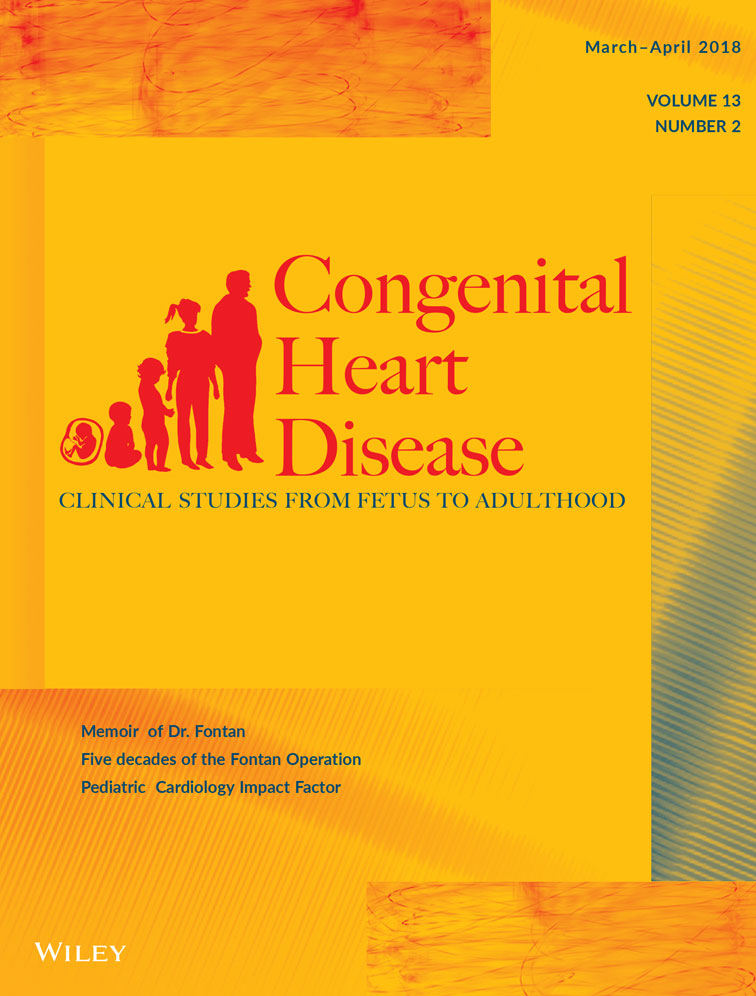Lambl's excrescences in children: Improved detection via transthoracic echocardiography
Funding information: This research did not receive any specific grant from funding agencies in the public, commercial, or not-for-profit sectors.
Abstract
Background
Lambl's excrescences (LE) are fibrous extensions that can be found along the lines of closure of the aortic valve. Due to improvements in ultrasound technology, LE are frequently imaged during transthoracic echocardiography (TTE) in adults.
Objective
The purpose of this study was to determine the prevalence of LE among children from two eras (2004–2006 and 2011–2012) and the effect of technological advancements on LE detection.
Methods
TTE from 700 subjects (age 18 years old or younger) were reviewed. All parasternal long and short axis images of the aortic valve were reviewed by a board certified echocardiographer, and the positive studies were then reviewed by two additional observers to confirm the presence of LE. A two-sample t test with 95% significance was used to analyze the presence of LE in the cohorts. Median follow-up duration was 66 months.
Results
Of the 700 subjects, 12 (1.7%) children were found to have LE. No significant difference in prevalence was found between the two eras (.9% vs. 2.6%, P = .08) and the presence of LE was not related to age (P = .36). The youngest subject with an LE was 5 months old. During long-term follow-up there were no clinical events in the 12 children identified with a LE.
Conclusions
The prevalence of LE in children is lower than that reported in adults, this supports the age-related “wear and tear” process that has been described in previous studies. LE do not require intervention or more aggressive invasive imaging in children.
CONFLICT OF INTEREST
None.




